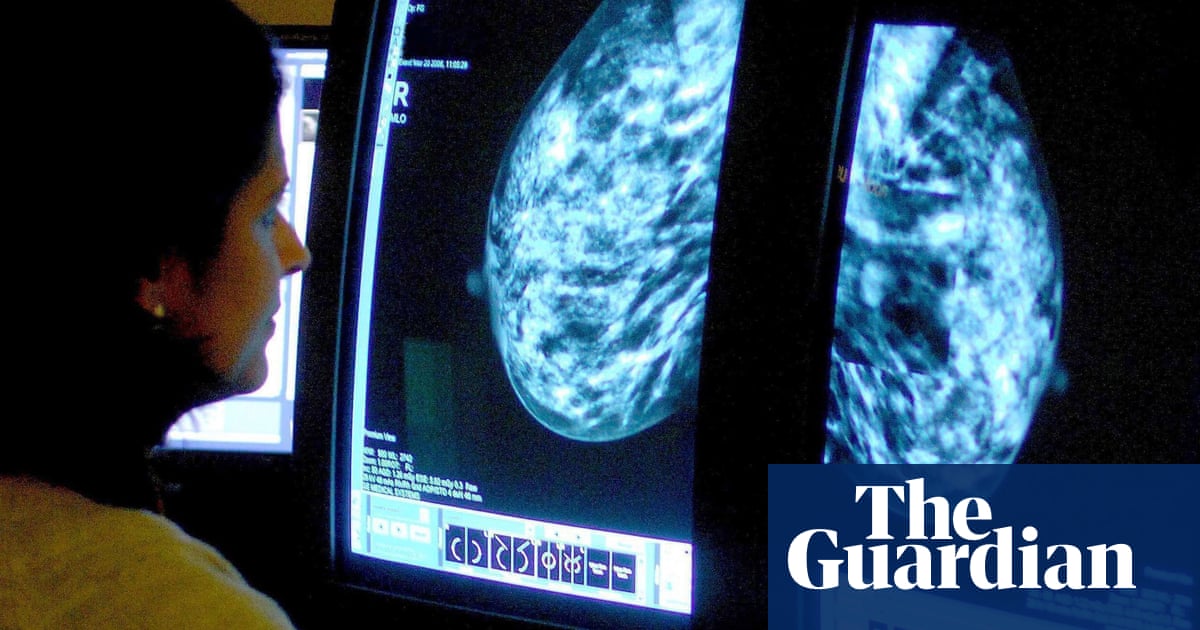
According to the first international study of this kind, women diagnosed with breast cancer younger than 35 years old are at greater risk of spreading it.
Breast cancer is the most prevalent form of cancer with approximately 2.3 million cases each year. The good news is that survival rates are high, thanks to early detection, better treatment, and screening.
But, we don't know much about secondary breast cancer. This is where the disease spreads and can become incurable.
The risk of breast cancer spreading from one part of the body to the other was found to be between 6% and 22% in a meta-analysis of over 400 studies. These results will be presented at the Sixth International Consensus Conference for Advanced Breast Cancer.
These findings suggest that certain women are at greater risk than others, such as those who have been diagnosed with breast cancer younger than 35 years old, those with larger tumors and those with certain types of the disease like luminal B.
Kotryna Temcinaite is senior research communications manager at Breast Cancer Now. She said that the analysis gives valuable insight into who's most at risk.
She said that approximately 1,000 women in the UK are affected by incurable secondary breast carcinoma each month. We need to know more about this deadly disease to be able to provide better treatment, care, and support for those who are living with it and for those who fear being diagnosed.
Data shows that women diagnosed with primary breast carcinoma at 35 or younger are more likely to develop secondary breast cancer. This study highlights the fact that factors such as the size and type of breast cancer, as well the time between primary diagnosis and secondary diagnosis can all impact risk.
Secondary breast cancer can occur many years after a first diagnosis. It is important to understand the disease and develop new strategies to prevent it.
Researchers analysed data from more than 400 studies in North and South America, Europe and Africa to create the study.
According to the analysis, there is a 6% to 22% chance of metastasis in breast cancer patients. Researchers claim that the risk range is wide because it varies greatly depending on many factors.
Women under 35 years old are at risk for breast cancer spreading to other areas of the body. However, women over 50 have a 3.7% to 28.6% chance of getting it back.
According to Dr Eileen Morgan of the International Agency for Research on Cancer, this could be because younger women are more likely to develop breast cancer, or because they are being diagnosed later in life.
She said that breast cancer is the most prevalent form of cancer worldwide. Breast cancer is most commonly diagnosed in women who have the disease confined to their breasts or only slightly spread to surrounding tissue. Some women will have cancer that grows and spreads to other areas of the body, or return in another part of the body years later than they were treated.
This is when the cancer becomes more difficult to treat and the chance of death increases. We don't know how many people get metastatic breast cancer, as the data has not been collected by cancer registries.
Study also showed that women with certain types of breast cancer had a higher chance of spreading it, such as those with luminal B.
This form of cancer was more likely to spread in people with it than the 2.3% to 11.8% chance for women with luminal A.
Dr Shani Paluch Shimon, a member on the scientific committee of conferences and director of the Hadassah University Hospital breast unit in Israel, was not involved in the research but said that the findings were crucial for both patients and doctors.
